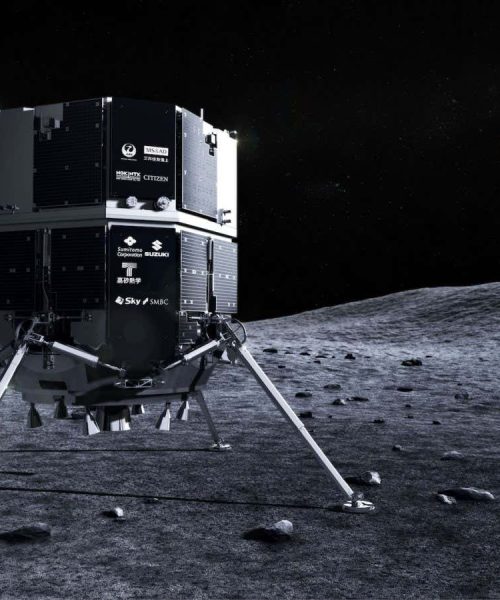
An artist’s rendering of the spacewalk on the Polaris Dawn mission
SpaceX
SpaceX’s Polaris Dawn mission is a leap forward for private space flight – even though it demonstrates the same capabilities that government space agencies have had for decades. The mission included the first ever spacewalk, also called an extravehicular activity or EVA, performed by private individuals instead of government-employed astronauts.
This spacewalk was particularly risky. Unlike the International Space Station (ISS), the SpaceX’s Crew Dragon craft does not have an airlock, so performing the EVA meant evacuating the entire capsule of air before two of the crew members, Jared Isaacman and Sarah Gillis, ventured out into the vacuum of space. Not only were there no government-trained astronauts on the crew, it was also the first time SpaceX’s new space suits and the spacecraft itself had been tested in this way.
Advertisement
On its own, this may seem a bit unimpressive. After all, astronauts perform hours-long EVAs on the ISS regularly and have been doing so for decades. Even opening an entire crew capsule to space has been done before, and it was relatively common during NASA’s Gemini programme in the 1960s.
So it could be said that SpaceX is rehashing old achievements – but that isn’t the whole story. “When you are doing something for the first time, it doesn’t matter that other people have already done it. It’s still the first time for you,” says Laura Forczyk, an independent consultant in the space industry. “SpaceX has never done this before, so they have to start from scratch and take baby steps because that’s the safe thing to do.”
The EVA on 12 September went smoothly, although its characterisation as a spacewalk has faced some criticism from the media and the public, because the astronauts did not fully leave the capsule. Instead, each participant stuck their torso out of the hatch in what’s called a “stand-up spacewalk” for a few minutes. “That was maybe the one thing that went wrong, the communication with the public,” says Forczyk. “But this wasn’t a public mission – this was a private mission that did not need to communicate with the public exactly what’s going on and what’s planned.”
The key goal of the spacewalk was to test the new suits – a new EVA suit hasn’t been used in decades, and NASA’s current supply is limited and ageing. “SpaceX has now demonstrated that these suits are safe in microgravity, so the big question now is whether SpaceX intends to sell space suits to NASA,” says Forczyk. If so, even this relatively simple test of a stand-up EVA could help overcome a major obstacle in human space flight.
Aside from testing the suit, the crew members are also participating in an array of health experiments to determine the effects of space travel on the human body. These range from tracking bone and muscle loss during the flight, which is a common problem for space travellers, to imaging their brains and other organs immediately after the explorers return to Earth.
“Civilian space missions like this one can actually really help us move the needle on studying human health in space flight,” says Rihana Bokhari at the Translational Research Institute for Space Health in Texas. That is partially because more private space missions will mean more space missions in general, so researchers will be able to collect more data.
“Another difference we encounter is that these subjects are not government astronauts in peak health, so we are collecting a diverse health dataset that will prepare and help create a future for more people, including civilians, to live and work in space,” says Bokhari.
The spacewalkers of the Polaris Dawn mission are far from regular people – Isaacman has already been to space once, and Gillis is SpaceX’s head astronaut trainer – but they are the closest to civilians to ever perform an EVA. “They risked their lives, and it went well,” says Forczyk. “Because SpaceX has proven that they can do the first steps of an EVA, I imagine that they will keep pushing the boundaries and breaking ground.”
The spacecraft will return to Earth and splash down off the coast of Florida in the coming days, which will be followed by a flurry of research and evaluation of the travellers, their capsule and their suits. The next flight in SpaceX’s Polaris programme is not yet planned, after NASA declined to allow the mission to service the Hubble Space Telescope. But the company’s capabilities are growing quickly, and it may only be a matter of time before they catch up to the government space agencies that have been the only superpowers in space for so long.
Topics:





